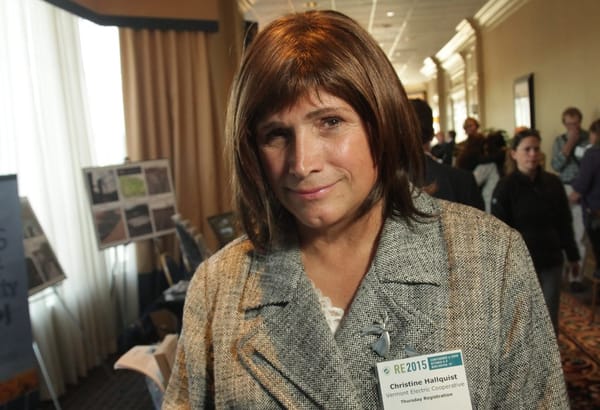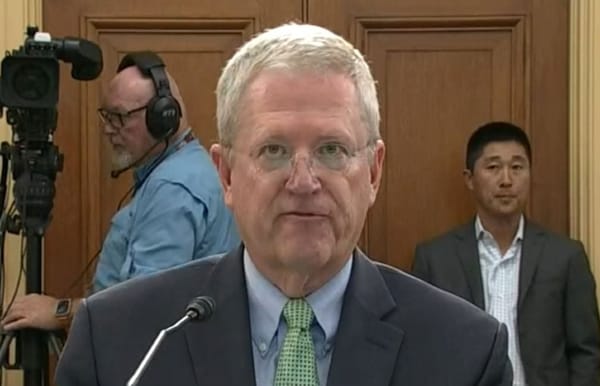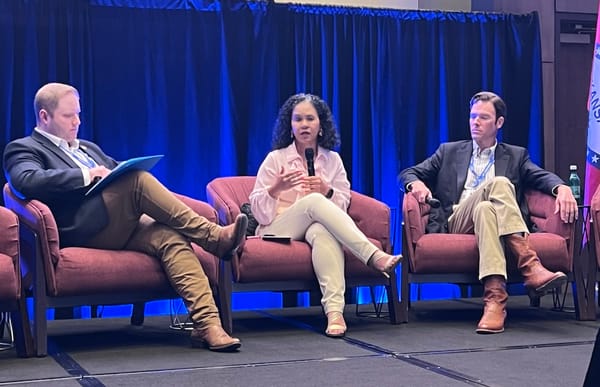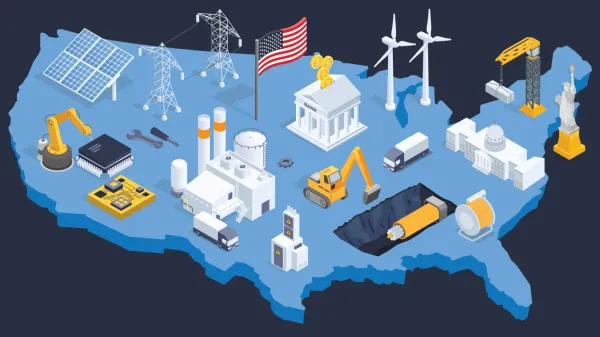FCC Leaders Praise Importance of Broadband Deployment Advisory Committee In Spite of Narrowed Agenda
WASHINGTON, June 13, 2019 — Members of the Federal Communications Commission’s newly re-chartered Broadband Deployment Advisory Commission touted the importance of the body at its first meeting on Thursday, even as its scope appears to have narrowed to issues around recovering from disaster communic
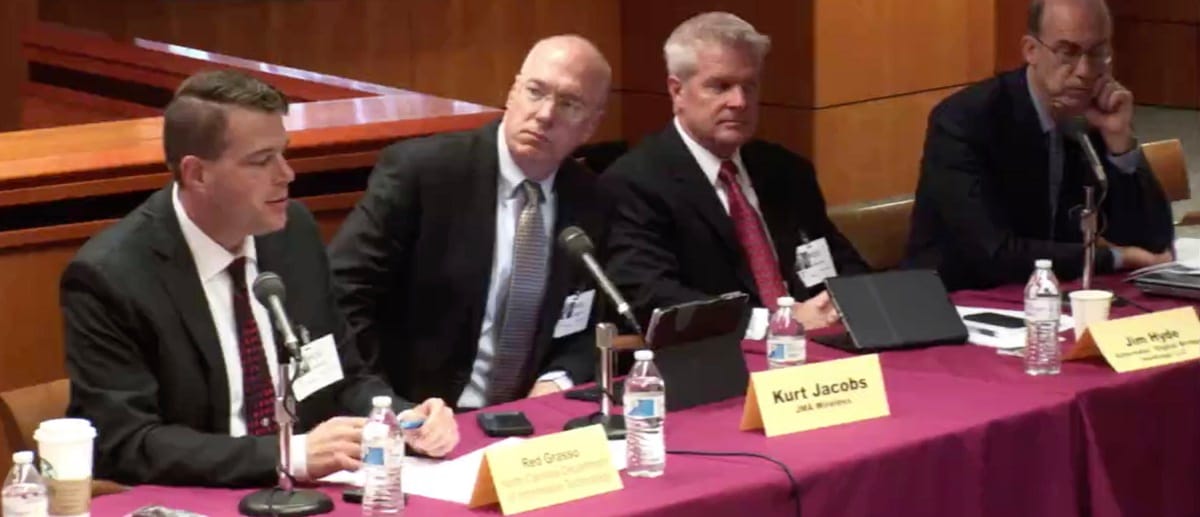
WASHINGTON, June 13, 2019 — Members of the Federal Communications Commission’s newly re-chartered Broadband Deployment Advisory Commission touted the importance of the body at its first meeting on Thursday, even as its scope appears to have narrowed to issues around recovering from disaster communications and a few other topics.
FCC Chairman Ajit Pai and BDAC Chair Elizabeth Bowles heaped praise on the BDAC, which is a federal advisory committee that makes recommendations to the FCC, in spite of the controversy that has surrounded it due to the lack of local government representation.
A significant portion of the meeting was devoted to a presentation from the Disaster Response and Recovery Working Group, which was put in place several months ago.
The issues addressed by this group are of “tremendous importance,” said Jonathan Adelstein, CEO of the Wireless Infrastructure Association. “Our customers are virtually everybody in this country. When there is a disaster is when they rely on our networks more than anything else.” However, times of disaster are also “when the challenges are the greatest in the industry.”
The working group is comprised of three subgroups, the first of which focused on government processes and procedures. Government entities need to be better aligned with private sector industries and take a more holistic approach to the interdependency between broadband connectivity and energy supplies, speakers said.
Members of the second subgroup, which deals with infrastructure standards and resilience, studied recent historical events, previous FCC reports, and the work of other industry groups to try to determine resiliency targets.
However, the nature of natural disasters has made this process difficult since the events don’t occur with enough frequency or consistency to define metrics, said Kurt Jacobs, the corporate director of JMA Wireless.
The third subgroup targeted mutual aid, research sharing, and coordination. A great deal of research has been done on best practices for disaster response and recovery, FirstNet State Point of Contact Red Grasso said, but now the group must figure out how to distill this information into “actionable intelligence and operationalized practices.”
An important part of this will be educating and informing local governments and consumers about their communication dependencies and about the processes for coordination with response agencies that are already in place.
“We can’t stop these disasters from happening,” said Grasso, who leads the working group. “We can just make our communities more resilient. We can make our networks with backups. We can look at this holistically and make sure that we can maintain the connectivity that we have.”
Other members of BDAC raised concerns about the scope of the Disaster Response and Recovery Working Group. One of these was the lack of a clear definition for “disaster,” leaving questions about whether things such as cyberattacks were included or if the focus was solely on weather related events. Jacobs said that currently there is not a significant focus on cyberattacks.
BDAC Vice Chair David Young pointed out that most of the discussion had centered around the resiliency of private networks, but that it was “just as important” to determine recovery recommendations for institutional networks such as those used by fire fighters or police officers.
In spite of all the 5G hype, the BDAC is “not a 5G body,” said Bowles. Their primary goal should be to get broadband to as many people as possible as quickly as possible.
(Photo of FirstNet State Point of Contact Red Grasso speaking at the Thursday meeting from the FCC.)




